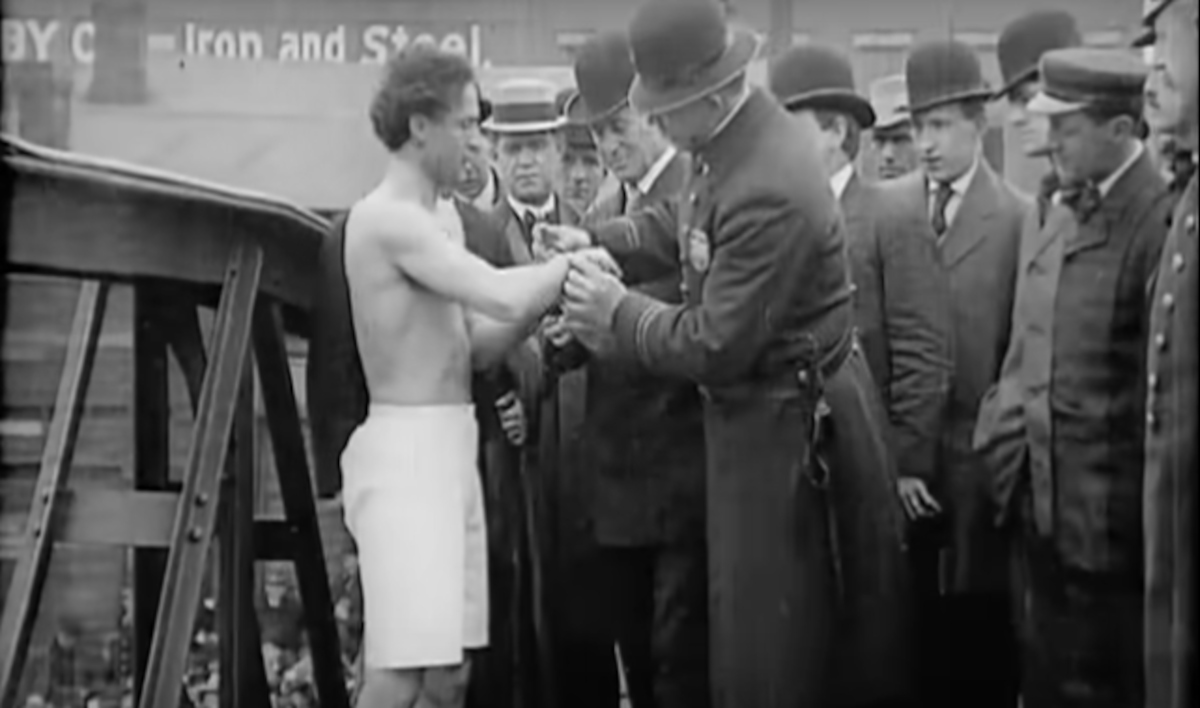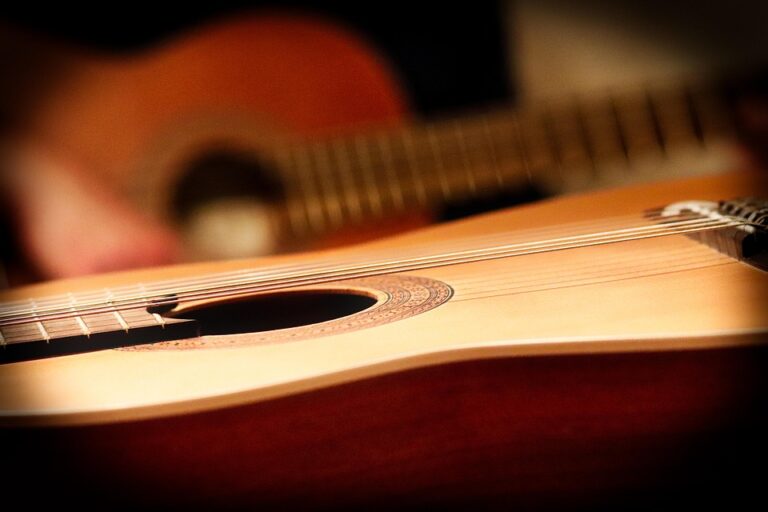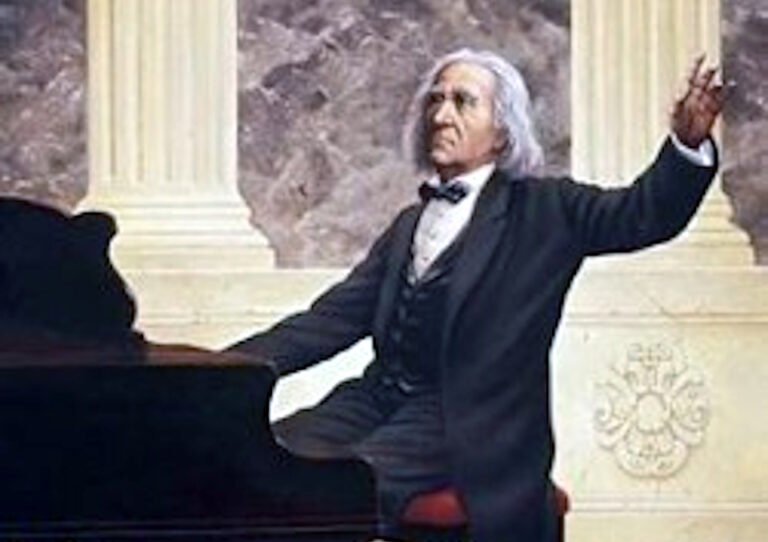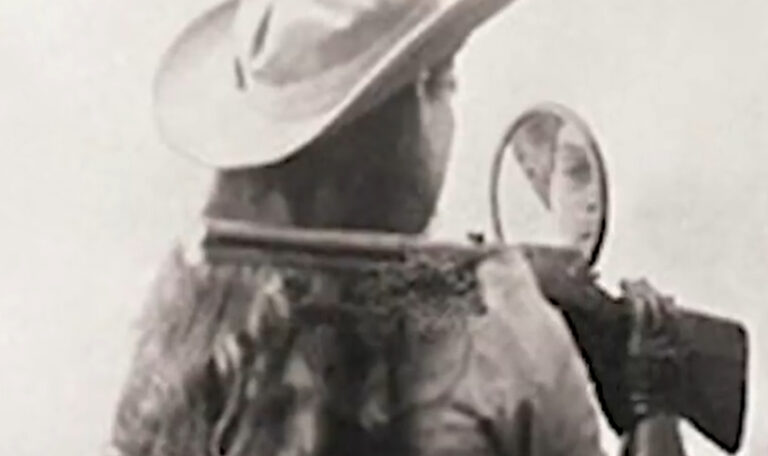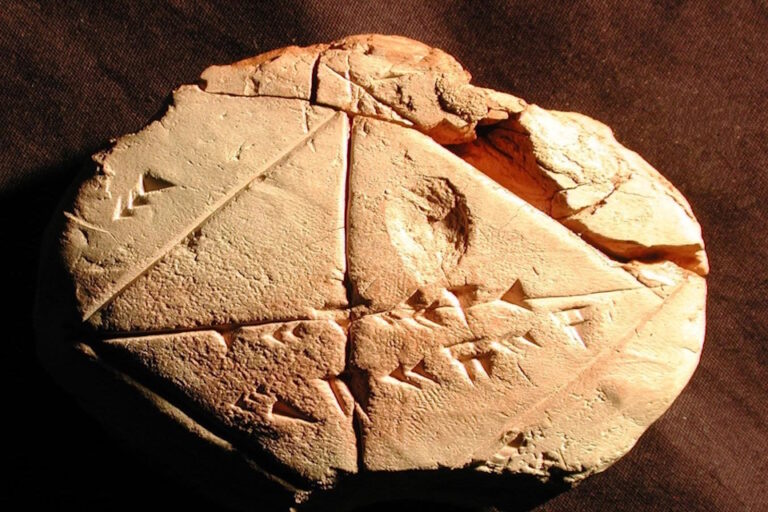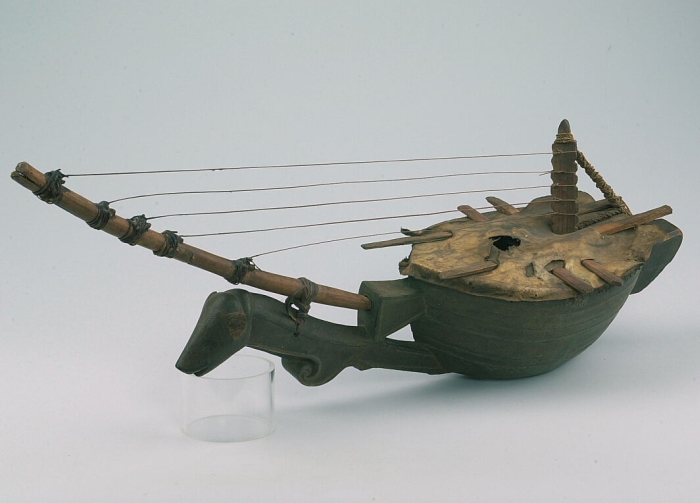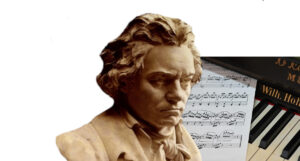Magic isn’t only sleight of hand or a disappearing act—it’s the power to transform, to astonish, to make people believe in the impossible. Few people have lived a life as completely magical as Harry Houdini, the world’s most legendary escape artist. From his humble beginnings to his final dramatic days, Houdini’s life was a spellbinding journey of daring feats, relentless ambition, and a spirit that refused to be caged.
From Erik to Houdini: The First Transformation
Harry Houdini was born Erik Weisz in Budapest in 1874. His family emigrated to the United States when he was just a child, settling in Appleton, Wisconsin. Poverty was a constant shadow, but young Erik was bright, restless, and fascinated by the unusual.
At 12 years old, he ran away from home—his first real “escape.” By his teens, he had begun performing small magic acts, billing himself as “Harry Houdini,” a name inspired by the great French magician Jean Eugène Robert-Houdin. This wasn’t just a stage name; it was the beginning of his magical transformation into a living legend.
Handcuffed by police, submerged in water tanks, or suspended in straitjackets high above city streets, Houdini’s feats captivated audiences around the world.
These weren’t just illusions—they were meticulously rehearsed, physically grueling performances that pushed human endurance and creativity to new heights. Houdini understood that the true magic wasn’t just in the escape—it was in the suspense.
Houdini was a man of many firsts. In 1910, he became one of the first people to fly a plane in Australia. He also starred in several silent films, where he often played action heroes escaping danger—just like in real life.
Later in life, Houdini used his fame to expose fake psychics and mediums who claimed they could talk to the dead. Though many believed in spiritualism, Houdini knew the tricks they used and was determined to protect grieving families from being deceived.
His campaign made him enemies, including his former friend Sir Arthur Conan Doyle, the creator of Sherlock Holmes. In 1924, Houdini published A Magician Among the Spirits, a book detailing the deceptive methods used by fake mediums. Houdini amassed a personal library of over 4,000 books on magic, spiritualism, and the occult—many of which are now housed at the Library of Congress.
Houdini died on October 31, 1926—Halloween—after a ruptured appendix. Even his death added to the legend. His wife, Bess, held séances every year on Halloween for a decade, hoping for a message from beyond. He had promised her a secret phrase that only the two of them would know—one last escape from the great beyond. But the message never came.
But Houdini’s legacy lived on. Houdini’s influence spans beyond magic. He became a symbol of resilience, freedom, and skepticism, inspiring generations of performers, scientists, and thinkers.
Here’s some one of the most spectacular and awe-inspiring episodes from his career:
Chinese Water Torture Cell
One of his most iconic feats was the Chinese Water Torture Cell, first performed in 1912, was one of his most dramatic and dangerous escapes. In this act, Houdini was suspended upside down by his ankles and lowered into a tall glass tank filled with water. His feet were locked in stocks that were clamped shut and fastened to the top of the cell. Once fully submerged, the front of the tank was closed and locked, often obscured from the audience with a curtain, adding suspense and mystery to the performance.
The key to Houdini’s escape lay in his masterful preparation and deep knowledge of escapology. Though the stocks appeared solid and inescapable, they were likely constructed with hidden mechanisms or false locks that allowed Houdini to open them from the inside using sleight of hand or concealed tools. Houdini was also known to have remarkable breath control, having trained to hold his breath for over three minutes—crucial for surviving underwater while working to free himself.
Another critical element was misdirection. While the audience believed Houdini was locked in an inescapable trap, he used the brief moment behind the curtain to manipulate the apparatus. Some historians speculate that the tank had hidden escape hatches or that Houdini was able to contort himself to slip through openings. Despite these theories, Houdini closely guarded the secrets of the act, adding to its mystique and reputation.
The Challenge in a German Jail
One of Harry Houdini’s most intriguing early stunts was “The Challenge in a German Jail”, which he performed around the turn of the 20th century during his European tours. At that time, Houdini was building a reputation as the “Handcuff King,” and he often challenged local police to restrain him using their most secure jail cells and devices. In Germany, he accepted a challenge to escape from a high-security prison cell in a police station, under strict observation from officers.
The challenge was designed to prove that Houdini wasn’t using hidden keys or inside help. Before the stunt, he was stripped and searched thoroughly to ensure he wasn’t carrying any tools. He was then locked in a jail cell with heavy iron bars and a solid door, with local authorities confident that escape was impossible. To everyone’s amazement, Houdini emerged from the locked cell in just a few minutes, without damaging the lock or door.
Houdini’s secret likely involved a deep knowledge of lock mechanisms and the use of a concealed tool hidden in an unexpected place—possibly in a layer of his skin, hair, or even swallowed beforehand and regurgitated. Some accounts suggest he manipulated the lock directly with improvised picks or found weaknesses in the jail’s security design. Whatever the method, he always maintained the illusion of an impossible escape.
This German jail escape was pivotal in Houdini’s rise to international fame. It demonstrated not only his technical skill and boldness but also his genius for publicity and showmanship. By taking on official challenges from respected law enforcement institutions, he legitimized his talents and built a global persona as the man who could escape anything.
The Sydney Harbor Escape
In 1910, during his tour of Australia, Houdini planned an escape that would once again put his life on the line—this time in the unpredictable waters of Sydney Harbor. His challenge: to be thrown off a police boat, shackled in multiple sets of handcuffs and leg irons, and escape before drowning.
With reporters, police officials, and a crowd watching from the wharf, Houdini was secured by local police using their own restraints, which he had not been allowed to inspect in advance. This wasn’t a staged act—it was a real test. Once fully shackled, he was tossed overboard from a police launch into the choppy harbor.
What the audience didn’t know was that Sydney Harbor was known for sharks, and the waters were dark and deep. Houdini disappeared beneath the surface without a splash or sound.
Moments ticked by. Thirty seconds. One minute. Two minutes. The surface remained still. Some spectators began to murmur. Had something gone wrong? Was this finally the escape that would end in tragedy?
Then, without warning, Houdini burst from the water, gasping for air—free of every restraint, holding the shackles in his hands. The crowd exploded in applause and disbelief. Even the police, convinced he had no chance, saluted him for the incredible feat.
In later interviews, Houdini revealed that this kind of escape required extraordinary breath control, mental calm, and years of practice. He had trained himself to stay underwater while picking locks in total darkness, using nothing but touch. In this case, he escaped five pairs of cuffs in under two minutes—blind, underwater, and under pressure.
The Underwater Coffin Escape
By 1915, Houdini had already escaped from handcuffs, straightjackets, locked jail cells, and even underwater tanks. But he wanted to go further—to show the world that he could escape not just from man-made restraints, but from death itself. That led to one of his most harrowing stunts: being sealed in a coffin and submerged underwater.
The escape was staged at the Hotel Shelton pool in New York. Houdini had a custom-built coffin made of iron and glass, bolted shut and weighted to sink. He would be locked inside, wearing only a bathing suit, with no breathing apparatus—just the air inside the coffin.
Spectators, doctors, and reporters were invited to observe. The stunt wasn’t just about magic—it was intended to debunk spiritualists who claimed that mediums could survive long periods in trance or suspended animation.
The coffin was slowly lowered into the hotel pool. Houdini lay motionless, completely enclosed, as the box disappeared beneath the water. A stopwatch was started. The atmosphere was tense—this was no illusion. If anything went wrong, he could suffocate before anyone could reach him.
Inside the coffin, the air quickly grew hot and stale. Houdini concentrated on slowing his breathing and calming his mind. He knew panic would be fatal. He had trained himself in breath control and meditation techniques, but this was still a race against time.
To everyone’s shock, Houdini stayed inside the coffin for 91 minutes. When assistants finally opened the lid, he emerged—soaked, pale, but alive. He had done the impossible: surviving in an airtight space underwater for over an hour and a half.
The crowd erupted in stunned applause. Doctors on site verified that he had not used any tricks or hidden breathing aids. Newspapers hailed it as a medical marvel and an unmatched feat of endurance.
Houdini later admitted the stunt was far more dangerous than he had anticipated. He felt close to passing out several times, and the buildup of carbon dioxide inside the coffin could have been deadly. Though successful, the experience shook him deeply.
He would repeat the stunt one more time under more controlled conditions in 1926—just months before his death—to promote a film and again expose fake spiritualists.
For Houdini, this escape wasn’t just about spectacle. It was part of his lifelong mission to prove that no supernatural powers were needed for survival feats—just discipline, training, and human willpower. He wanted to show the public that magic, when done honestly, was an art—not deception.
The Buried Alive Stunt
In 1915, Harry Houdini attempted a horrifying and physically punishing escape: being buried alive—not in a coffin, but naked, with no protection, under six feet of earth.
Houdini chose to perform this escape near Santa Ana, California, in a field of soft soil. His goal was to climb out of his grave unaided, using nothing but his strength and willpower. It was a risky experiment, and unlike most of his stunts, this one had no audience—just a few assistants and a reporter.
He was lowered into a hole, completely unrestrained, and covered with dirt. The plan was for him to dig himself upward through the earth. But very quickly, things went wrong.
As Houdini tried to climb upward, the loose soil collapsed in on him, making it impossible to breathe or move freely. With hundreds of pounds of earth pressing on his chest, his lungs began to compress, and he experienced his first real taste of claustrophobia and panic.
His arms flailed in the dark, trying to find a path. As he got closer to the surface, the weight of the soil shifted again, causing a partial collapse that pinned him just inches below air.
Realizing he was trapped, Houdini began screaming and clawing, trying to break through to the surface. He was only inches from freedom, but the dirt was too compacted. In a final surge of desperation, he punched through the surface with one hand—and was dragged out unconscious by assistants who saw the soil move.
He passed out from exhaustion, his face pale and bruised, covered in dirt. When he regained consciousness, he was shaken and admitted later:
“It was the narrowest escape I ever had.”
He Never Tried It Again
That experience was so traumatic that Houdini abandoned the idea of performing a buried-alive stunt in its raw form again. Instead, he later reimagined it as a stage act, using coffins, tanks, and safety measures. But this early trial proved that not every Houdini escape was a trick—some were brutally real, with life-or-death consequences.
The Times Square Straightjacket Escape
By 1916, Houdini was already a worldwide sensation, but he knew he had to keep escalating the danger to keep audiences mesmerized. One of his boldest ideas was to perform an escape not on stage, but hundreds of feet above a public street, where anyone could watch—free of charge.
That year in New York City, he arranged to perform his straightjacket escape from the top of the New York Tribune Building, a 10-story skyscraper located at what is now Times Square. The event was timed during lunchtime to ensure the largest possible crowd.
In front of thousands of onlookers, Houdini’s arms were tightly strapped into a regulation straightjacket, his body cinched and bound by leather straps across his chest and back. His feet were securely tied with rope, and he was then hoisted upside down over the edge of the Tribune Building by a thick pulley cable. There he dangled, swaying in the wind, with no net or safety device below.
Newspapers described the crowd as mesmerized, a mix of silent awe and gasps of terror. Office workers crammed windows, people stood on rooftops, and a massive street crowd below stared up into the sky as Houdini twisted and writhed in the air.
As the clock ticked, Houdini began a complex and painful process of escape. He dislocated his shoulders (a technique he had trained himself to do), maneuvered his arms over his head, and slowly began wriggling free from the heavy canvas jacket—all while hanging upside down.
He moved with intense focus, often stopping to shake the blood back into his hands or contort himself into bizarre shapes that made the process look even more impossible. It took him nearly 3 minutes, and every second felt like an eternity to those watching.
With a final convulsion of effort, Houdini flung the jacket loose, raising it over his head in victory as the crowd below erupted in cheers. The stunt wasn’t just a physical triumph—it was a public spectacle that captured the imagination of an entire city.
Photographers snapped pictures, and newspapers around the world ran headlines hailing the “Man Who Cannot Be Bound.” Houdini had again transformed a simple escape act into a psychological thriller played out in real life, where danger, timing, and human ingenuity all met in midair.
While the physical act was impressive, Houdini understood the value of theatrical timing and psychological suspense. He performed these stunts where everyone could see him—above city streets, from rooftops, in rivers and jails—not just to amaze, but to build his myth as a man who could defy the impossible.
Theories Surrounding Houdini’s Death
The Official Cause
Houdini died on October 31, 1926 (yes, Halloween) in Detroit at age 52. The official cause was peritonitis resulting from a ruptured appendix. But that’s where things get strange.
The Punch Theory
One of the most popular and credible theories is the “punch to the stomach” incident.
While in Montreal a week before his death, a college student named J. Gordon Whitehead reportedly asked Houdini if it was true he could withstand any blow to the abdomen. Before Houdini had time to brace himself, Whitehead punched him multiple times in the stomach.
Shortly afterward, Houdini began experiencing severe abdominal pain, but he continued performing. He finally collapsed after a show in Detroit and was taken to the hospital, where his appendix was found to be ruptured.
Some medical experts believe the blow may have triggered or worsened appendicitis, especially if Houdini already had early symptoms.
The Poison Theory
Decades later, some suggested that Houdini may have been murdered—poisoned by spiritualists he had exposed. While intriguing, there’s no hard evidence to support this theory.
In 2007, Houdini’s family considered exhuming his body to test for poisoning, but the plan was eventually abandoned due to legal and logistical complications.
The Legacy of His Death
Houdini’s sudden death shocked the world. He had spent a lifetime escaping death on stage, only to succumb to it in reality. His funeral in New York drew thousands, and he was buried in a cemetery in Queens, under a gravestone that reads “Harry Houdini—Master of Escape.”
To this day, magicians hold séances every Halloween to attempt to contact Houdini’s spirit—an ironic tradition given his fierce disbelief in the afterlife.
Houdini’s life was magical not just because of what he escaped from, but because of what he stood for:
-
Courage in the face of danger
-
A relentless belief in human potential
-
Truth over lies
-
Performance as art
He turned fear into fascination and made the world believe that anything is possible—if you have the will, the mind, and a little bit of magic.
